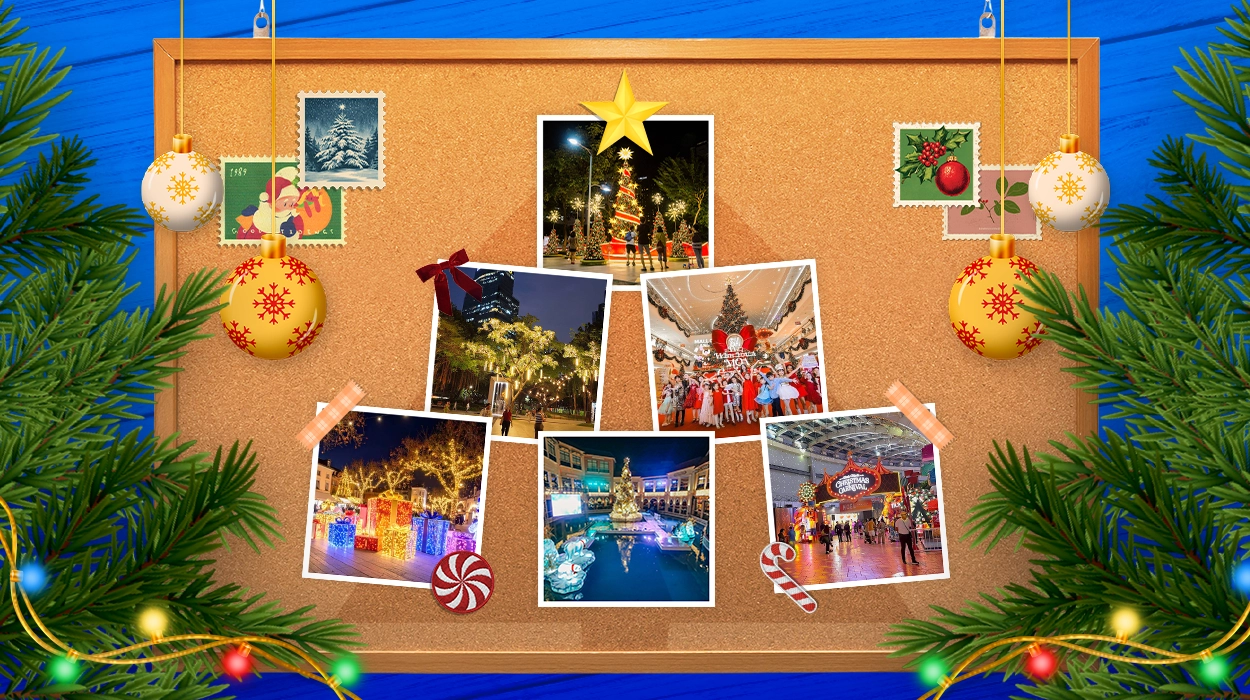From designer handbags to high-end cars, more and more Filipinos are willing to splurge on these luxury items—and they’re also getting younger. This trend raises questions about the psychology behind the desire for luxury goods.
Zoe Gabriel, a Singapore-based teenager, was bashed online for sharing her “first luxury bag”—a black tote bag from fashion company Charles & Keith. On TikTok, Zoe explained that growing up, her family didn’t have a lot of money. So simple things like buying bread from BreadTalk were considered luxuries. Despite the backlash, Zoe received massive online support and even got to tour the headquarters of Charles & Keith and have lunch with the brand’s founders.
The Philippines is no stranger to luxury goods. From designer handbags to high-end watches, luxury products have always been coveted by many Filipinos. However, in recent years, the demand for luxury goods has increased significantly. Luxury brands are opening up more stores and there is an increased willingness to splurge on high-end products. But what is driving this trend? What is the psychology behind the desire for luxury goods?
The psychology of luxury
The human desire for status and social status is a powerful driving force behind the desire for luxury goods. The possession of luxury items is often seen as a symbol of wealth, success, and social status. Even mere association with luxury goods brings with it a sense of exclusivity and prestige.
Aisles and aisles of Louis Vuitton and Gucci knockoffs at Greenhills are a testament to the lengths people will go to achieve this association. And online reactions to Zoe’s story prove that this obsession with conventionally luxurious items has cascaded down to younger generations.
Zoe is not even 18 years old, and yet many people were quick to vindicate her for labeling Charles & Keith as a luxury brand. Despite her young age, some people may be quick to assume that Gen Z’s like Zoe should know of and physically own conventionally luxurious items. That assumption is, sadly, well-founded.
A study by the financial services firm Charles Schwab found that Gen Z is starting to splurge on luxury items as young as 15 and are more likely to spend on luxury products that are unique, personalized, and have a good reputation.
Today’s luxury brand ambassadors are aging down. You don’t have to look too far from Millie Bobby Brown’s Calvin Klein ambassadorship or NewJeans’ members Hanni, Hyein, and Danielle’s Burberry campaign—all of whom are under 20 years old. So I don’t blame the kids for this confused message: Before you’re 20, you need a luxury product. Even if you can’t afford it.
Luxury brands are even leaning hard on social media advertising. A survey by the consulting firm McKinsey & Company found that social media is the most important digital marketing channel for luxury brands, with over 80% of luxury brands using social media to advertise their products. Young influencers using social media to promote luxury brands? Yeah, they’re talking to Gen Z. But what’s with the hard sell to audiences who can’t even afford such products?
What is the price tag on self-worth?
While it doesn’t make sense economically, Gen Z is the ideal target market for luxury brands.
There are a number of psychologists that are of the belief that Gen Z’s obsession with luxury brands is not merely a matter of social status, but rather physical affirmations of self-worth and self-esteem.
A study on adolescents’ attitudes toward luxury brands found that owning luxury goods can boost self-esteem and self-worth, which can be especially important for younger consumers who are still developing their sense of identity. So more than just an external sign of status, wearing luxury products provided self-affirming qualities.
Many luxury goods are often unique and personalized; their lure is that not everyone can own them. And at the height of affordable, fast fashion like SHEIN, H&M, and Uniqlo, wearing customized, high-end products provided an air of exclusivity and distinction.
Purchasing luxury goods then acts as “symbolic consumption,” which can provide the consumer with a sense of belonging to a certain social group. In fact, the design of most luxury products hinges on the brand’s visual identity: just look at these Louis Vuitton and Gucci bags plastered with their logos. Luxury brands don’t sell a fashion choice, not even just a seat at the table, but the assurance that anyone can sit at the table—as long as you can afford it.
Debunking lux
Zoe’s story confirms two things about today’s consumer behavior toward owning luxury goods: One, while there is an understood distinction regarding high-end brands, today’s society is becoming more open to what constitutes luxury. Two, consumerism today reveals how conventionally luxury brands pander to the hopes, needs, and fears of particularly young and impressionable markets.
Owning a product that costs five to six figures while living in a developing country reveals the massive dissonance that comes with being wealthy in the Philippines. Aspirations for conventional luxury are ultimately unreachable with volatile inflation and the skyrocketing prices of basic necessities.
So if a teen wants to call an $80-bag luxurious, who are we to gatekeep what little luxuries spark joy? Especially in a socioeconomic climate that pressures Gen Z to make lifestyle choices they clearly cannot afford.
M2 is a PR agency in the Philippines that specializes in business, technology, and lifestyle communications. We offer a range of PR advisory and reputation management services for brands to tell compelling stories and engage their target audiences. Find out more about our work through our case studies page.



